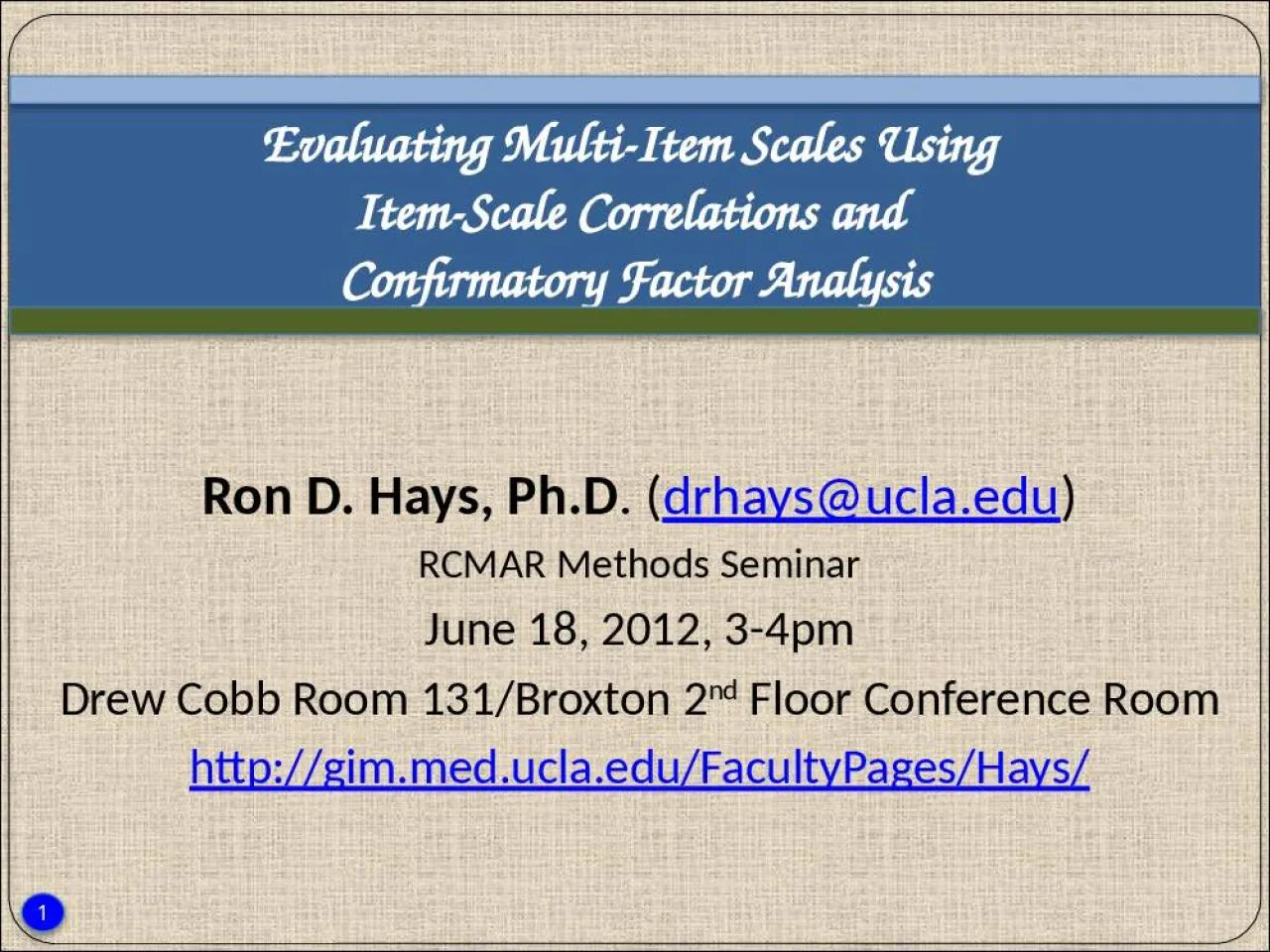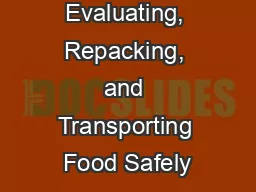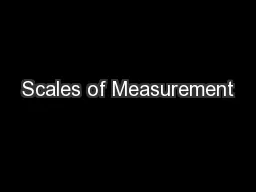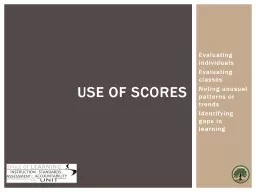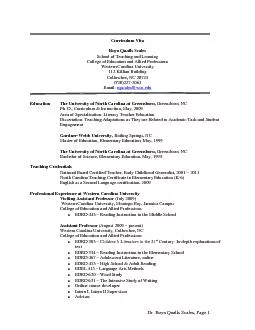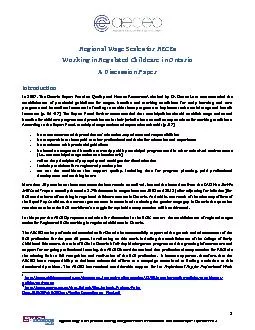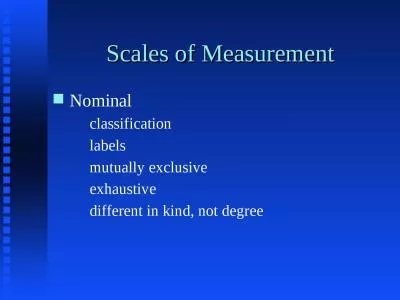PPT-Evaluating Multi-Item Scales Using
Author : oneill | Published Date : 2022-05-31
ItemScale Correlations and Confirmatory Factor Analysis Ron D Hays PhD drhaysuclaedu RCMAR Methods Seminar June 18 2012 34pm Drew Cobb Room 131Broxton 2 nd Floor
Presentation Embed Code
Download Presentation
Download Presentation The PPT/PDF document "Evaluating Multi-Item Scales Using" is the property of its rightful owner. Permission is granted to download and print the materials on this website for personal, non-commercial use only, and to display it on your personal computer provided you do not modify the materials and that you retain all copyright notices contained in the materials. By downloading content from our website, you accept the terms of this agreement.
Evaluating Multi-Item Scales Using: Transcript
Download Rules Of Document
"Evaluating Multi-Item Scales Using"The content belongs to its owner. You may download and print it for personal use, without modification, and keep all copyright notices. By downloading, you agree to these terms.
Related Documents

